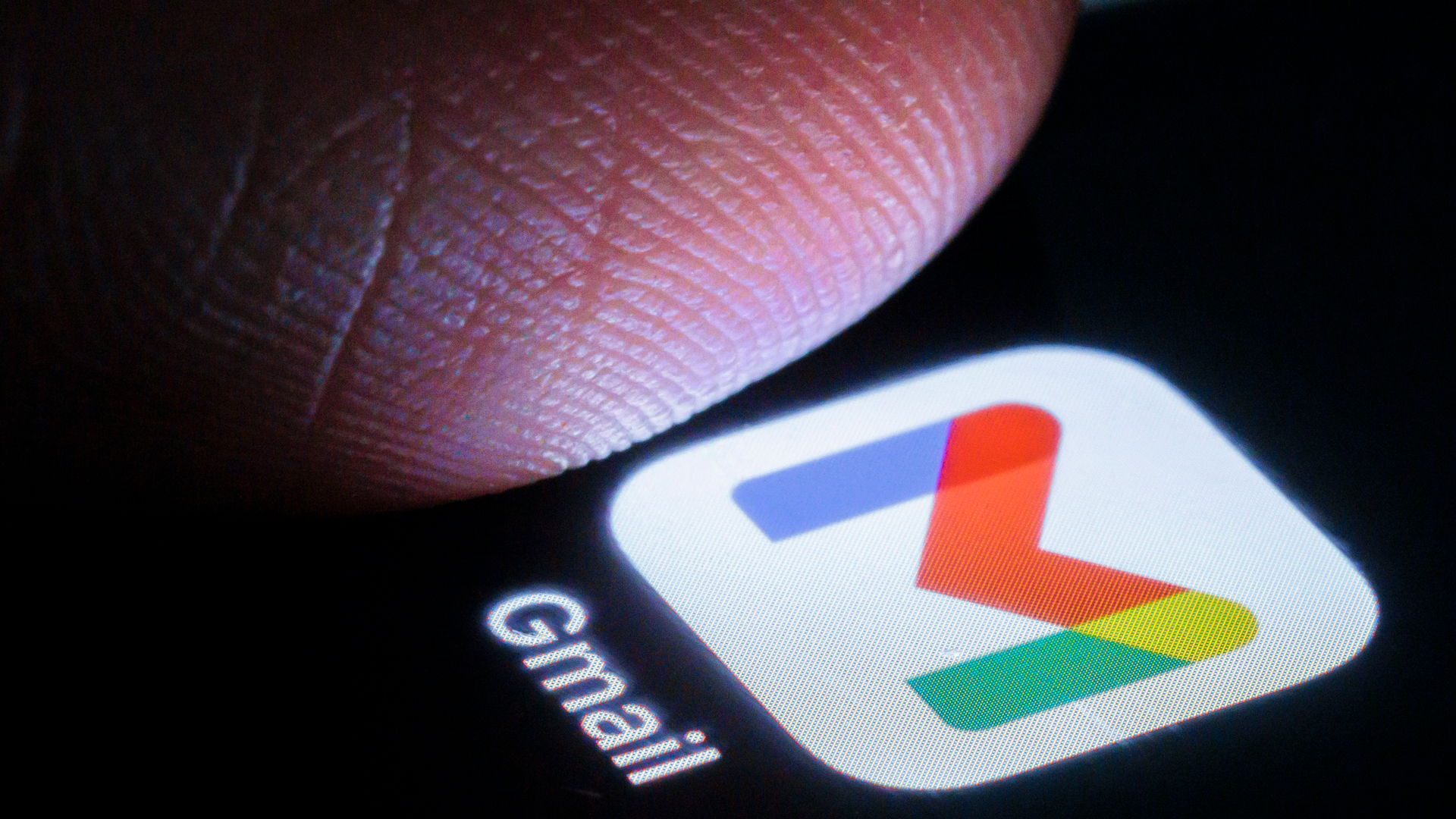
Gmail, the email service that almost started out as a joke but rose to become a dominant player in the space, is exactly 20 years old on April 1.
It is for most of us, as hard to imagine a world without Gmail as it is for us to search without Google. But Gmail was a latecomer to the email game, arriving decades after we started using computers to deliver electronic messages to third-party providers who would, like the old-school post office, sort and send them along to their proper digital destination. It was well after MSMail and ccMail but early enough that we still demanded a hyphen between “e” and “mail.”
Ever the cheeky upstart (despite by then being the most-used search engine), Google launched Gmail on April Fool’s Day to mostly widespread confusion. At PCMag, where I worked at the time, we admitted that “Google’s release included language which sounded like a ruse” and no one was quite sure if the search giant was serious about entering the crowded email space. Part of that had to do with the quite limited availability of the platform.
Google was among the first Internet companies to offer invite-only access to a new service. It was a brilliant bit of marketing but also had a more practical purpose. Google had struggled to launch Gmail and was still learning when it moved into public beta. Open access would’ve overwhelmed the system, forcing untold crashes, possibly un-delivered mail, and probably made it almost impossible to learn about what people wanted, needed, and used most often in the IMAP mail platform (there was no POP3 support at launch).
Welcome to the party, pal
On April 22, 2004, almost four weeks after the launch, I got access. I still have the welcome message, that told me I was “one of the very first people to use Gmail,” and thanked me for “agreeing to test Gmail.” The email described some of the key differences, like “searching instead of filing.” Gmail didn’t use folders, a time-honored way of organizing email, and instead focused on labels and conversations. To this day, the concept of folders in Gmail is foreign and I’m not sure I have ever loved the more amorphous “labels”.
It had some advanced features like filters and address autocomplete. And, of course, it came with 1GB of storage, an amount unheard of at the time for a free email service, which now seems woefully inadequate. Google’s pitch at the time was that we could stop wasting time deleting emails and save everything. I think I over-committed to this concept.
While Gmail didn’t have pop-up or banner ads (thank God), there were text-based ads in a column to the right (Gmail ads now mostly live under the “Promotions” tab). This turned out to be Gmail’s most controversial “innovation”. To provide contextual ads, Google would have to “read” the contents of your email. That sounded like an insane privacy violation, and I wrote about the concern right before I gained access. I reminded readers that computers, at least back then, didn’t really “read” anything. They had neither the eyes nor the consciousness to understand the context. Google was, of course, already anonymizing the data and delivering contextual ads without delivering your private bits to third parties. I also noted that, without those ads, we might not get all that, at the time, free storage. It’s worth noting that those early concerns did nothing to hinder Gmail’s growth.
Along with access to Gmail came some invites that I could dole out. They arrived in small bunches, and I would give them to co-workers, colleagues, and friends. Some people who knew I had a Gmail account sent me emails and AOL messages pleading for access. Whenever I gave someone access, Gmail would notify me of when they signed up and created their new Gmail address “so we could stay in touch with Gmail!” While not a social network, Google was aware of the inherently social nature of email. Keeping newbies connected was how it built that network and generated just enough FOMO to keep the service growing.
All the information
Google took a risk when it launched Gmail, and it knew it. In the original FAQ, Google had to explain why a Search company would launch an email service:
“Why is Google offering email? I thought you were a search company.
Google’s mission is to organize the world’s information and make it universally useful and accessible. For many people, email contains valuable information that can be difficult to retrieve. We believe we can help with that.”
It was further evidence that Google’s strategic aim was never just about search results, it was about information, yours, mine, and everyone else’s. Google wanted to organize the world’s information no matter the form, from search results, to mail, to video and images, and location. That quest never stops and not everyone is happy about it.
Even so, it’s worth celebrating Gmail, an online service that entered an entrenched market and ultimately remade it in its image. It never was and will likely never be a joke.




















+ There are no comments
Add yours